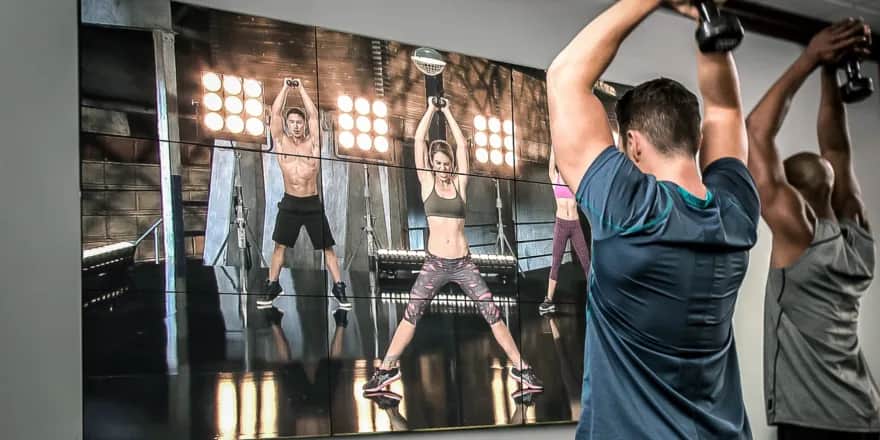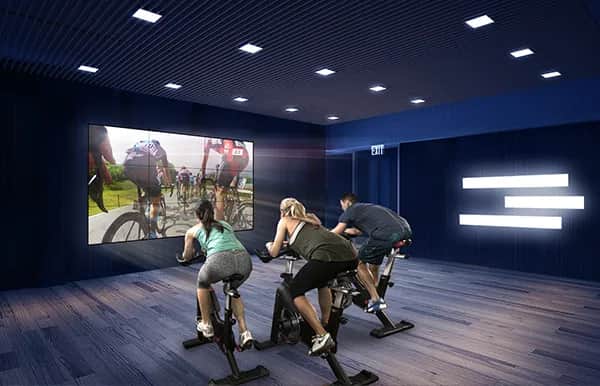
Many of us – especially in colder climates – put the bike away in early winter and don’t dust it off until May and June roll around. But while we oil chains and safety check our bikes after a long winter break, we don’t always do the same for ourselves. As you get back in the saddle this spring, follow these three simple steps to hit the road safely and crank up your bike workouts to get the most out of them all summer long.
Warm up for two weeks first
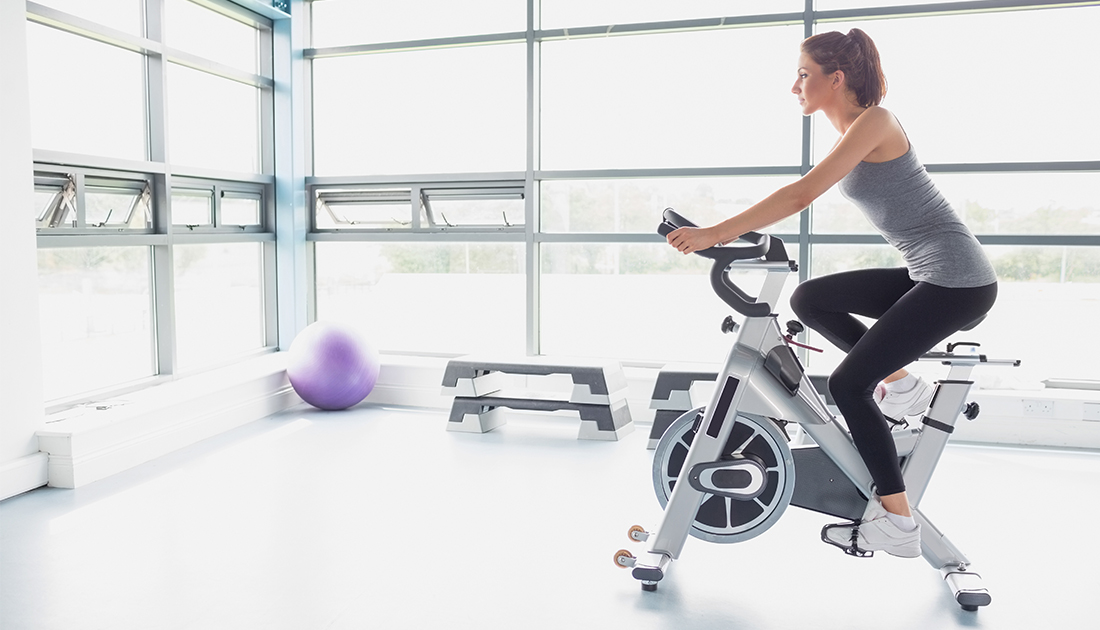
Warmer weather is here, and most people (especially this year) are eager to workout outside. But even experienced cyclists who train all year round talk about “cyclist’s knee”, an overuse injury in the front of the knee from doing too much too soon in the season. It’s a better idea to give yourself a warmup period of a couple of weeks. Do this inside on a stationary bike where you have more control over the variables, can adjust resistance gradually and increase the effort required to complete a ride. Commit to 2-3 sessions a week riding at around 60 to 70 percent effort for 45 minutes. A heart rate monitor worn during workouts can help you keep track of your intensity level and calorie burn too. Make sure to add in a slow warm up and long cool down followed by stretching to stay injury free before your real riding season starts.
Eat right to ride – and recover – right

In spring and summer many of us switch to lighter meals and salads, but as you gear up your bike workouts and rides, it’s important to manage nutrition and make sure you the fuel to power a ride and meet your goals. An average stationary bike work out will burn 400-600 calories, so it’s important to fuel up beforehand. Try 1-2 tbsp. of nut butter and fruit such as banana, berries, melon, or apple plus electrolyte infused water to keep you hydrated. You’ll also want to eat within 30 minutes of an intensive bike class or road ride to aid your body’s recovery and return your normal physiological state. Lean protein including eggs, chicken, tuna or tofu with complex carbs such as whole grain pasta, rice, sweet potato and healthy fat from an avocado will provide a balanced recovery meal and get you ready for your next ride. For particularly intensive rides indoor or out, you lose a lot of fluids through sweat. Aim to replenish 100 to 150 percent of these within a few hours of your ride. Professional cyclists will weigh themselves to get the math right, but a good rule of thumb is to drink several 8oz glasses of water.
Maintaining means motivation
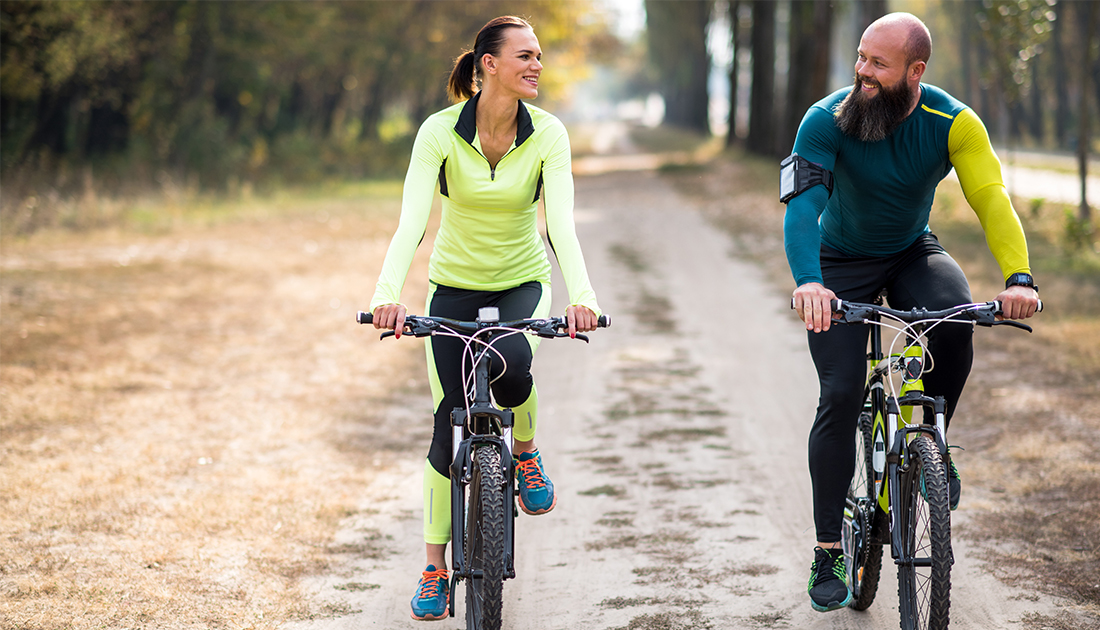
It’s important to stay motivated. If you’re riding outside, the first rush of a new spring season ride can pass quickly, so keep your program varied with new routes and a variety of terrain including up and downhills. You’ll need to ride 2-3 times a week to see health or weight management benefits. Many cyclists also continue to ride indoors during summer months for the different kinds of benefit stationary bike workouts provide. Indoor cycling means an intense muscular workout – as thanks to the weight of the flywheel there is no freewheeling – with most people working out at 75-96% of their maximum heart rate for the whole workout.
Indoors doesn’t mean staying put
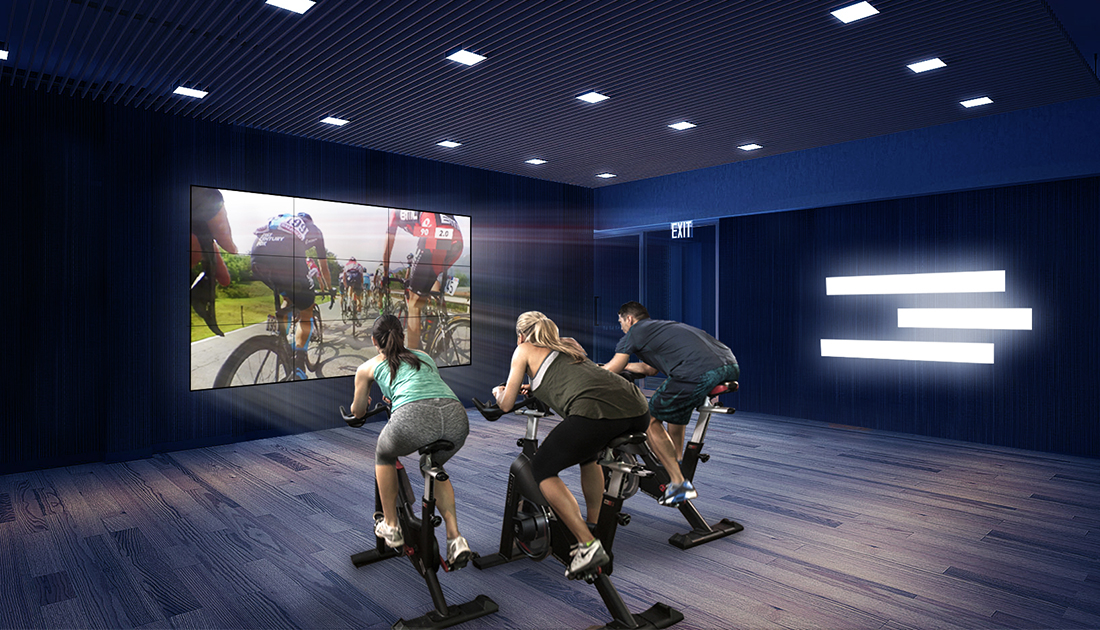
One of the biggest trends – and motivators – for indoor cycling is the incredible availability of instructor-guided workouts for stationary bike riders. Whether you’re using FLEX by
FitnessOnDemand to follow an easy series of programmed workouts over a period of time with some of the world’s best cycling trainers, or you’re looking for your own online content, on-demand cycling classes will make you work hard and work smart. The best mix intense interval training and sprints with long slow “climbs” and “downhills” for recovery, but also can feature a wide variety of scenic locations, even including famous rides like the Tour de France. Switch on, dial in and you’ll be King or Queen of the Mountains in no time.

Author
